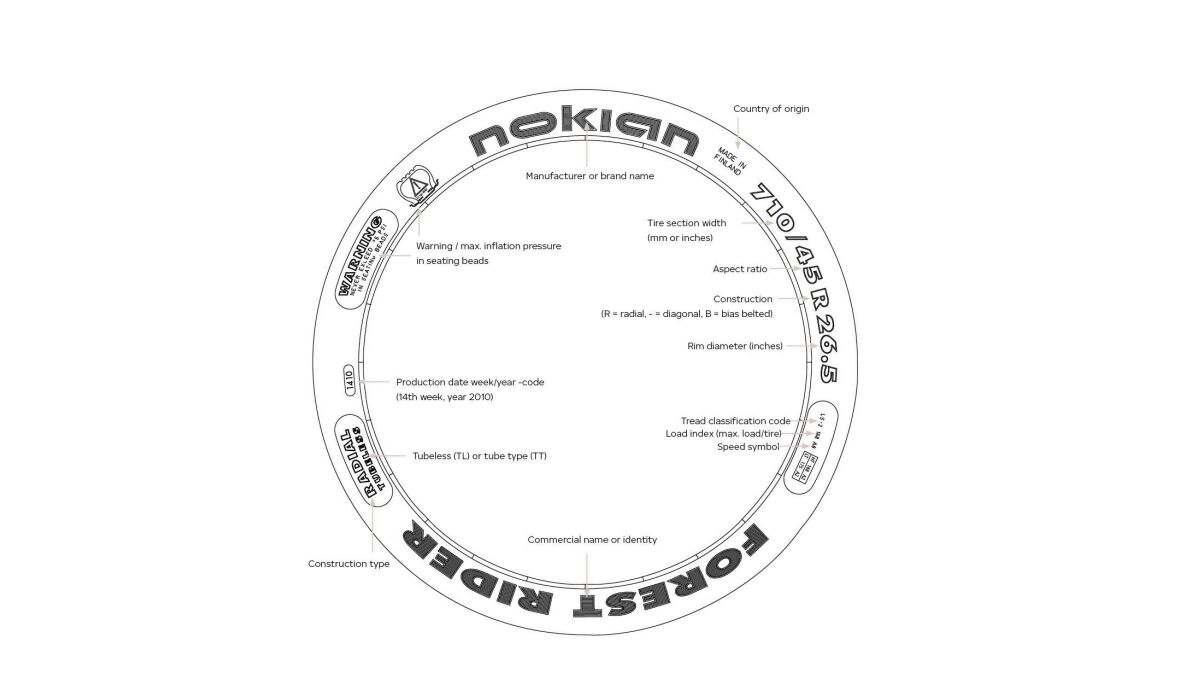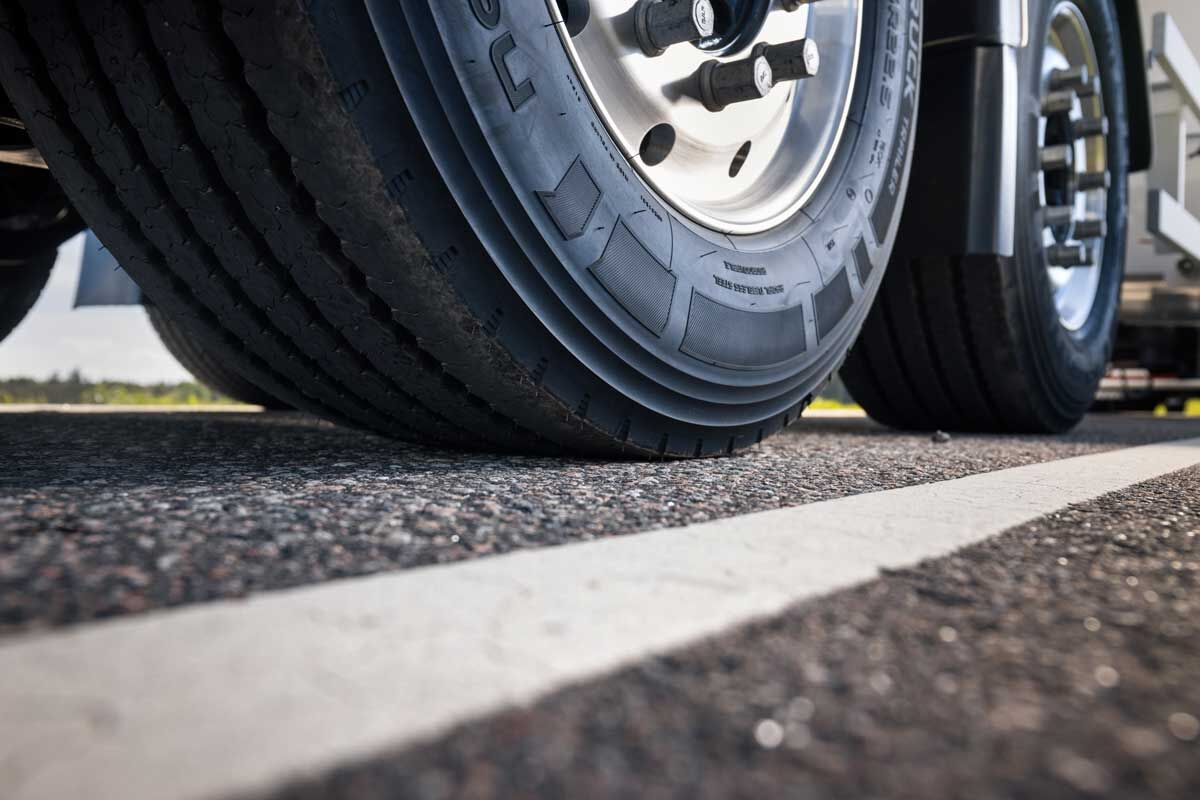
Knowing how to read the tire sidewall and decipher different information about heavy tires is a useful skill to have when buying new tires for commercial vehicles. In addition to tire size, speed rating and load index, the tire DOT code can provide you with valuable information about the tires.
The DOT code is a standardized marking that provides information about the tire’s manufacturing details and helps you make informed decisions about tire safety, compatibility, and performance.
What is the DOT Code?
The DOT code (short for Department of Transportation) consists of a series of numbers and letters located in the tire sidewall. This code helps you confirm that the tire complies with DOT’s safety standards.

The DOT code typically begins with the letters "DOT," followed by up to 13 characters, including the following information:
Manufacturer and plant code
The first two characters after "DOT" indicate the tire’s manufacturer and the plant where the tire was produced. When buying from a reliable tire dealer, you can be sure of the tire’s origin. However, if you wish to, this part of the DOT code helps you trace where the tire comes from and who manufactured it.
Tire size code
The characters in the DOT code denote the size of a tire. This information is important for finding tires that fit your machinery.
Production date
The last four digits of the DOT code tell you when the tire was manufactured. The first two digits indicate the week of manufacture (0-52), whereas the third and fourth digits stand for the year the tire was manufactured (for example, “24” for the year 2024). Use this information to assess the age of a tire and ensure it has not been sitting in storage for too long after manufacture.

Why does the DOT code matter?
- Ensuring tire safety standards: The DOT code is proof that the tire meets necessary safety standards. This is particularly important for commercial vehicles operating under demanding conditions and varying terrains. Tires that comply with safety standards are safer for both the machinery and its user.
- Confirm tire age: The rubber used to manufacture tires deteriorates over time even if they are not actively in use. Use the DOT code to check a tire’s manufacture date and ensure the tire is not yet past its prime.
- Traceability: The DOT code makes it easier to trace tires back to their manufacturer and production plant, which may be particularly handy in the event of defects or recalls.
- Compatibility: Use the tire’s size code to ensure that it fits your machinery, as using incompatible tires can lead to reduced performance, uneven or premature tire wear and potential damage to the machinery. In addition to tire size, ensure the tire can withstand the load of a heavy vehicle, such as a tractor or a truck.
Please remember that it is the driver’s responsibility to ensure their tires are safe and suitable for their vehicle and to follow the vehicle’s manufacturer´s guidelines for proper use and maintenance. Consult your closest Nokian Tyres dealer or your vehicle’s manufacturer for specific advice.


